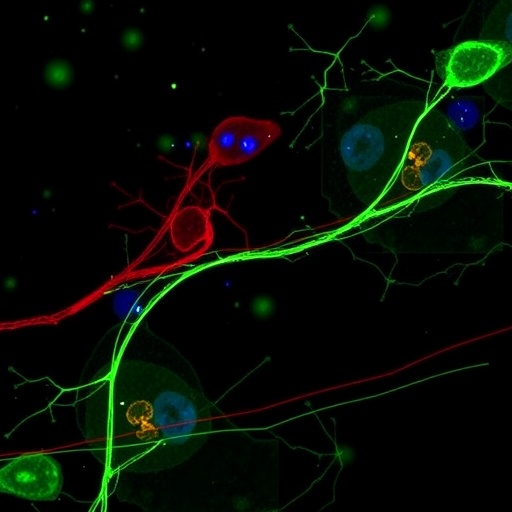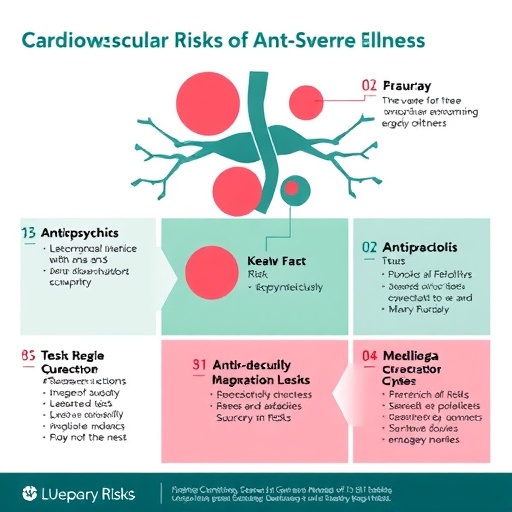
Credit: The Children's Hospital of Philadelphia
Hematology researchers have found that blocking the role of a common protein may offer unexpected benefits for patients with the inherited bleeding disorder hemophilia A. The finding offers potential for developing both gene therapy and more effective protein replacement treatments for hemophilia A, the most common form of hemophilia. In hemophilia, patients are unable to properly control bleeding.
The new research, done in cells and animals, contradicts prevailing assumptions about the biological effect of a protein called furin, an important enzyme found in most cells. The scientists report that, in contrast to its action in hemophilia B, the other common form of hemophilia–in which furin improves blood clotting–furin exerts the opposite effect in hemophilia A, where it impairs clotting.
"The clotting factors involved in hemophilia A and hemophilia B are very different, and this has important implications in devising new treatments," said study leader Valder R. Arruda, MD, PhD, a hematology researcher at The Children's Hospital of Philadelphia (CHOP). In addition to his CHOP position, Arruda also is a faculty member of the Perelman School of Medicine at the University of Pennsylvania.
Arruda and colleagues from CHOP, Penn Medicine and the University of North Carolina, Chapel Hill (UNC) co-authored the study appearing today in the journal JCI Insight.
Patients with hemophilia A have a deficiency of clotting factor VIII (FVIII), while hemophilia B patients are deficient in clotting factor IX (FIX). Doctors treat either form of hemophilia with intravenous transfusions of proteins to replace the missing clotting factor. Those replacement drugs contain amino acids that recognize and interact with furin, but the new research calls that into question. "We were surprised to find no evidence that furin was required in factor VIII replacement, as it is in factor IX," said Arruda.
This discovery may trigger a reassessment in hemophilia research. For nearly two decades, gene therapy researchers have focused on delivering a gene carrying the code to produce the deficient clotting factor in hemophilia. Most of this research has centered on hemophilia B, although hemophilia A is five times as common. This fact is rooted in a packaging problem: the gene encoding FIX is much smaller than the gene for FVIII, and better fits into a vector, usually a harmless virus, designed to deliver therapeutic genes to a patient.
"In gene therapy, size matters," said Arruda. "It's important to reduce the gene package for FVIII to the smallest effective size." He added that deleting the furin-recognition components both decreases the size of the gene therapy payload and strengthens its benefits for treating hemophilia A.
In investigating the biology of blood clotting Arruda and colleagues bioengineered a new variant protein, FVIII-ΔF, which avoids interacting with furin. They then used that variant in gene therapy experiments in animals that had severe hemophilia A. In mice, the variant increased FVIII levels and improved clotting activity.
The UNC collaborators on the study team, led by Timothy C. Nichols, MD, performed gene therapy experiments using the well-established dog colony at their institution. In laboratory dogs with naturally occurring severe hemophilia A, the scientists observed decreased bleeding, even with a lower dose of gene therapy than was previously used. Importantly, this stronger therapeutic effect did not trigger a higher level of unwanted immune reactions, a common complication of hemophilia A therapy.
"While much work remains to be done to develop this research into clinical applications, our findings could have a promising translational impact, both for protein replacement and gene therapy," said Arruda. "Because this variant provides more efficient bleeding control than currently available replacement drugs, while avoiding immune reactions, this could address the unmet needs of hemophilia A patients worldwide. It may also advance gene therapy for this disorder as well."
###
The National Institutes of Health (grants HL64190 and HL63098) supported this research.
Editor's note: Arruda and co-author Rodney M. Camire, PhD, also from CHOP, are inventors on patents for enhancing FVIII coagulation function. These patents are owned by CHOP and licensed to Spark Therapeutics, Inc. In addition, Arruda receives research support from Pfizer, Camire receives research support from Pfizer and Novo Nordisk. Co-author Benjamin Samuelson-Jones received a Bayer Fellowship Project Award and an HTRS/Novo Nordisk Mentored Research Award.
Joshua I. Siner, Benjamin J. Samuelson-Jones, et al, "Circumventing furin enhances factor VIII biological activity and ameliorates bleeding phenotypes in hemophilia models" JCI Insight, published online Oct. 6, 2016. http://doi.org/10.1172/jci.insight.89371
About The Children's Hospital of Philadelphia: The Children's Hospital of Philadelphia was founded in 1855 as the nation's first pediatric hospital. Through its long-standing commitment to providing exceptional patient care, training new generations of pediatric healthcare professionals, and pioneering major research initiatives, Children's Hospital has fostered many discoveries that have benefited children worldwide. Its pediatric research program is among the largest in the country. In addition, its unique family-centered care and public service programs have brought the 535-bed hospital recognition as a leading advocate for children and adolescents. For more information, visit http://www.chop.edu
Media Contact
John Ascenzi
[email protected]
267-426-6055
@chop_research
http://www.chop.edu





